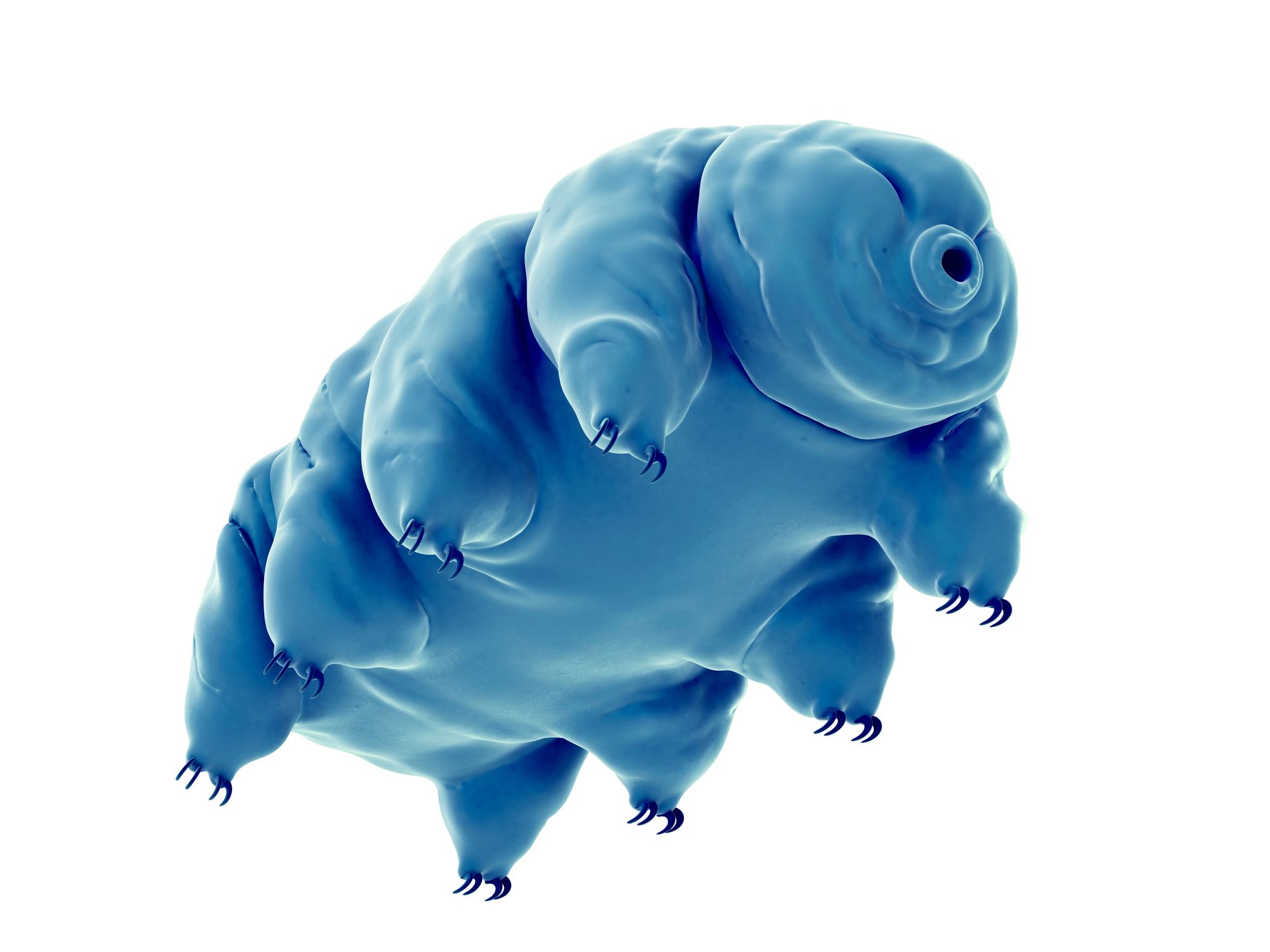Even if you’ve heard of tardigrades (also known as water bears and moss piglets), it’s unlikely you’ll ever have seen them in the wrinkly flesh. They’re only 0.33mm long and weigh just 0.002mg – yet these microscopic lifeforms have extraordinary powers which promise to transform the success rate of organ transplants.
Their extraordinary powers lie in resilience and survival, they can withstand temperatures as low as -200℃ and as high as 150℃. They can survive radiation and live for years without water or light.
Scientists are currently investigating how to harness this near-indestructibility to make human transplant organs more durable. It’s an ambitious aim – but if it can be achieved, it will address an issue which is currently costing many lives.
At present, a human organ lasts only four hours once it has been taken from the donor. And every two hours, someone in Europe dies waiting for an organ transplant. Imagine how many more people might live if donated organs could be kept viable for longer.
One of the leading researchers in this field is Dr Daiki Horikawa. We’ve done more than follow his work with interest.
We funded it.
For us, helping with people’s health issues isn’t just about paying out after the event.
We’re restless in our pursuit of more positive outcomes for individuals, and of medical advances for the world as a whole.






